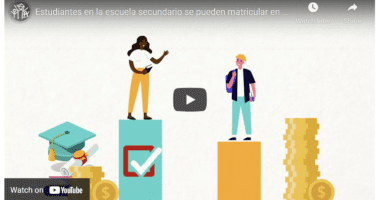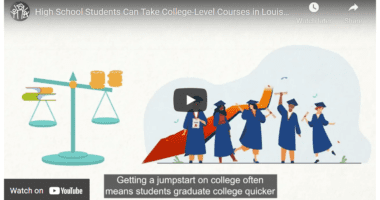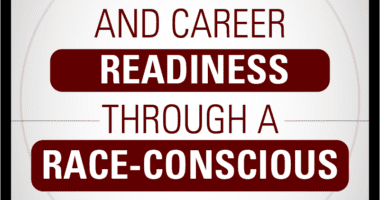Dual Enrollment
What is Dual Enrollment?
Dual enrollment encompasses college and high school programs, which are partnerships between school districts and institutions of higher education that allow high school students to enroll in college courses and earn transferable college credit.
4 Criteria for High-Quality Dual Enrollment Programs
- Courses meet the same level of rigor as those taught to traditional college students
- Instructors meet the same expectations as instructors of similar college courses and receive appropriate support and evaluation
- School districts and higher education institutions publicly report on student participation and outcomes
- Programs undergo evaluation based on available data
Who Benefits from Dual Enrollment Programs?
In many states, dual enrollment has been historically used as an acceleration strategy for high-achieving learners, and often served middle- or higher-income students, though these opportunities have been found to be highly beneficial for all students. But taking college courses in high school has been found to benefit African American, Latino, and White students, and its positive effects on college degree attainment are even stronger for low-income students.
Yet in many cases, the students who are likely to benefit the most — students of color and students from low-income backgrounds — are not participating at high levels. Program participants are overwhelmingly White, high-achieving, female, and not from low-income backgrounds. But why? Our guess is too many students face one of these three scenarios that limit their access to the benefits of this opportunity:
Bias and discrimination from program gate keepers
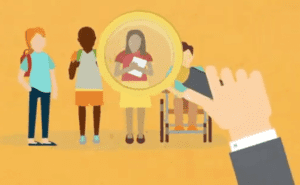
Costs associated with participating in a program

A lack of access to quality course programming
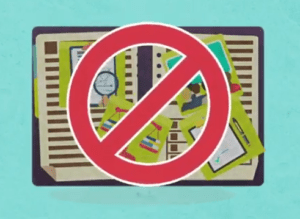
As advocates, it’s our job to push state, district, and school leaders to take action and eliminate barriers that keep students from high-quality dual enrollment programs.
How do we do that?
Ask the right questions. Zero in on access and quality.
5 Key Questions that Equity-Minded Advocates Should Ask
- How will states collect and publicly report data on participation in college in high school programs, disaggregated by student group?
- How will states and districts monitor participation rates and outcomes in college in high school programs in high versus low-poverty schools?
- How will states, districts and colleges remove financial barriers to participation for low- and middle-income students?
- How will dual enrollment partnerships address gaps in college readiness, and ensure that students enrolled in college in high school courses receive counseling and support services to promote their success?
- How will states ensure that all dual enrollment programs share high-quality design principles?


